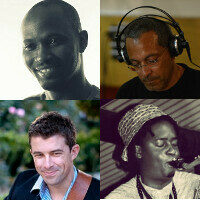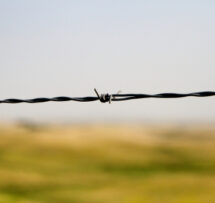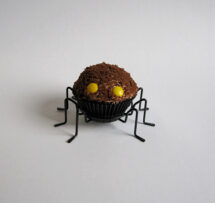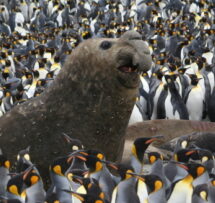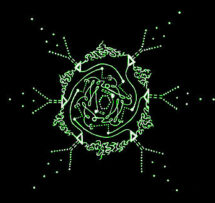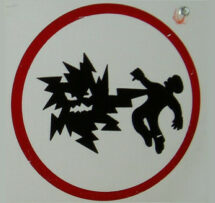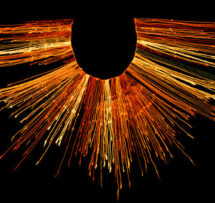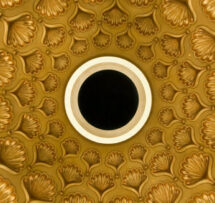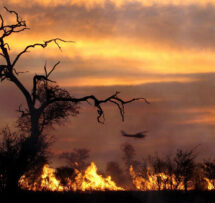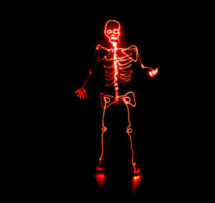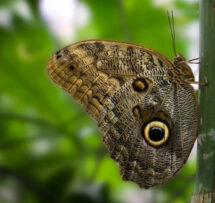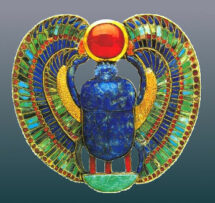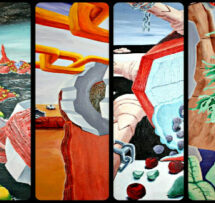You can roll it, but I wouldn't smoke it!

Dung beetles make dung balls; to eat, to lay eggs in, and as gifts for their girlfriends! Their whole life revolves around dung, and moving it from one place to another.
How do dung beetles find the dung? What role do they play on earth and why should we care about dung beetles? What can they see? Can they gallop? Can they fly? Can humans learn to use the same navigation system as they do? And why were dung beetles exported to Australia?
Marcus Byrne will introduce us to the amazing abilities that the more than 800 species of South African dung beetles have developed. Some are able to hold their breath for 30 minutes. Some species use the Milky Way to orientate at night, while others use the
sun to navigate by dead reckoning, a skill which humans mastered only a few centuries ago.
Using dung beetles as a theme, Marcus Byrne will take us on a tour around South Africa to show how evolution has shaped a simple animal's relationship with its smelly food, and enabled it to overcome the challenges of life at the back end of the food chain.
After the talk, dry-ice cocktails will test our navigational skills while the Paul Hanmer Quartet takes us on another tour - this time around the South African melodic landscape.
As a special bonus, winemaker Kyle Dunn from AA Badenhorst will present the story of Caperitif, a legendary South African cocktail ingredient recently produced again after
a hundred-year hiatus, while Danish mixologist Lars Lyndgaard Schmidt will be mixing exclusive Caperitif cocktais at the bar.
Image: Scarab amulet from the tomb of Tutankhamun, 18th dynasty. Egyptian museum, Cairo.

Marcus Byrne
You can roll it, but I wouldn't smoke it!
How do dung beetles find the dung? What role do they play on earth and why should we care about dung beetles? What can they see? Can they gallop? Can they fly? Can humans learn to use the same navigation system as they do? And why were dung beetles exported to Australia?
Talk by
Marcus Byrne
Marcus Byrne is professor at the School of Animal, Plant and Environmental
Sciences, University of the Witwatersrand. He teaches zoology and entomology and studies the use of insects as biological control against invasive weeds. He has also extensively studied visual orientation in dung beetles.

